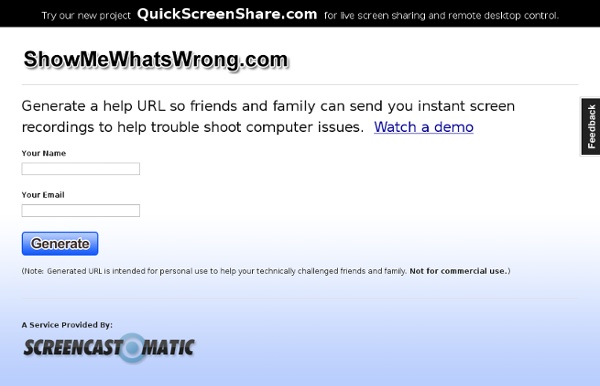Zoom
Trash
Related: productivité
- Productivité
- Indicateurs d'activité et de productivité
- productivité
- Evolution de la productivité et progrès technique
- productivite
- Indicateurs d'activité de la productivité
- Thème : Facteurs de Production et Productivité
- TICE au service productivité pédagogique
- Mind Mapping Software Blog - Visual Thinking Tools, Tips & Insights
- Mind Mapping Software Blog - Visual Thinking Tools, Tips & Insights
- Histoire à la carte, le premier atlas historique multimédia
- Management Training and Leadership Training - Online
- Gestion des Risques Interculturels | Entreprises & Management Interculturel
- Apprendre à manipuler – Manipulation, mentalisme et psychologie
- GTD-Scheme-FR.png (PNG Image, 608x711 pixels) - Scaled (90%)
- DU PARADIGME DE L'EDUCATION - YouTube
- DU PARADIGME DE L'EDUCATION - YouTube
- Comment définir des indicateurs pertinents pour mesurer l’efficacité des systèmes de management ?
- Plus de 100 ressources sur le mindmapping dans l’enseignement | Augmentez votre productivité et votre efficacité avec le mind mapping!
- Pour une gestion du temps efficace
- Créer un outil : L’organisation du travail, identifier, répartir et planifier les tâches
- Scénarios pédagogiques, propositions éducatives, activités d'apprentissage avec les TIC
- Un nouvel outil au service de ma pédagogie : Storify ! | Ma onzième année et les suivantes...
- Apprendre à être plus créatif | Devenir Plus Efficace
- Les cartes mentales, de véritables alliées pour les révisions du bac !
- Les 50 Réseaux sociaux pros à connaître
- Sept lois à connaître pour être plus efficace au travail - L'Express avec L'entreprise
- Comptes Twitter éducation
- L'organisation du travail chez Ford - YouTube
- Cinq lois à connaître pour être efficace au travail (saison 2) - L'Express avec L'entreprise
- Les 3 piliers de la motivation intrinsèque
- 13 techniques pour ne jamais abandonner
- Extensiones
- Cinq lois à connaître pour être plus efficace au travail (saison 3) - L'Express avec L'entreprise
- Comment mesurer efficacement la performance du processus Ressources Humaines ?
- Trucs et astuces
- Comparaison des outils de Curation de contenu : Scoop.it, Storify, Paper.li, Pearltrees


